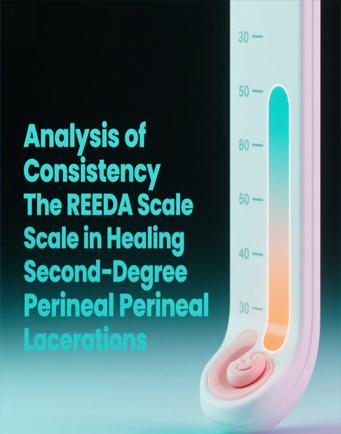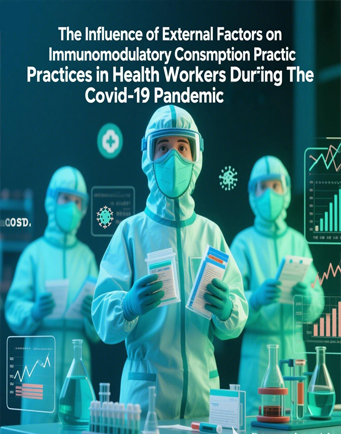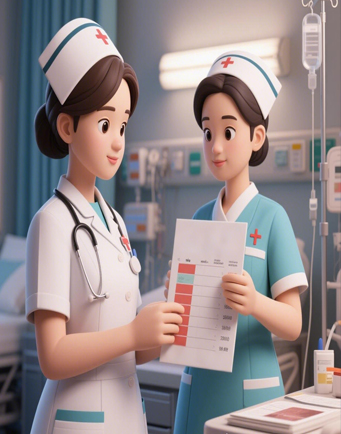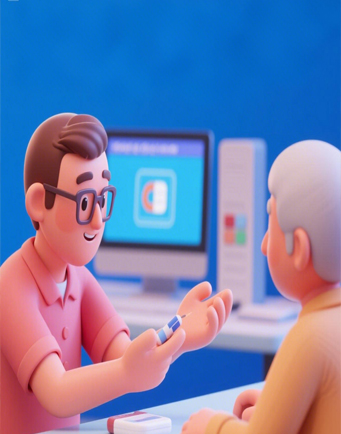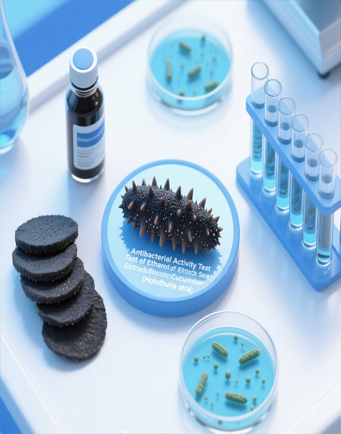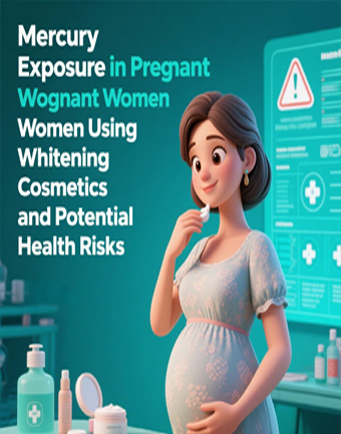Effectiveness of Dents-Voice to Increase Knowledge of Dental and Mouth Health and Decrease the Debris Index
Downloads
60.5% of the population in West Kalimantan have problems with oral health. One of them is children with special needs who are blind. Promoting media used for children with special needs is different from the media used for healthy children. Dents-Voice is a teaching aid designed for children with visual impairment as a media for counseling oral health. This device will make a sound when the button is pressed. The sound that comes out is in the form of information relating to damage to the teeth, causes and how to prevent them. This study aims to discover the effectiveness of Dents-Voice props as an educational medium in improving dental and oral health knowledge and can reduce the index debris of the blind. This research is a quasi-experimental pre and posttest without control from a quantitative approach. This research was conducted at SLBN Mempawah Hilir, Ar-Rahmah Foundation, and Al-Iqra Foundation. The population of this research was 21 people. The sample of this study used a total sampling technique. The results of the study used a Paired Sample T-Test; the average value of respondents' initial knowledge was 71.86 and after counseling it, it rose to 90.71 with a P.Value of 0,000. The average value of the respondents' initial index debris was 1.80 and after counseling it, it dropped to 1.09 with a P.Value value of 0,000. The conclusions of this study show that Dents-Voice is effective for increasing knowledge and decreasing the debris index for the blind.
Basuni, C., & Putri, D. K. T. (2014). Gambaran indeks kebersihan mulut berdasarkan tingkat pendidikan masyarakat di desa Guntung Ujung Kabupaten Banjar. Dentino Jurnal Kedokteran Gigi, 2(1), 18-23.
Ganapathi, A. K., Namineni, S., Vaaka, P. H., K, V., Das, R., Devi, M., Kumbakonam, A. (2015). Effectiveness of Various Sensory Input Methods in Dental Health Education Among Blind Children- A Comparative Study. Journal of clinical and diagnostic research : JCDR, 9(10),75–78. http://doi:10.7860/JCDR/2015/15499.6686
Handoyo, R. R. (2016). Pengembangan Komunikasi Anak Tunanetra Dalam Permainan Kooperatif Traditional. JPK (Jurnal Pendidikan Khusus), 12(2), 96-111.
Ishartiwi, I. (2002). Optimalisasi Pem Bela'aran Penyan Dang Gangguan Pengtihatan Dengan Program Kaset Audio. Jurnal Ilmiah Guru Caraka Olah Pikir Edukatif, 6(1), 1-5.
Javer, D. R. (2017). Perbedaan Efektivitas Penyuluhan Kesehatan Gigi dan Mulut Menggunakan Metode Braille Dibandingkan Audio Terhadap Tingkat Pengetahuan dan OHI-S pada Anak Tunanetra (Buta Total) di Yayasan Karya Murni dan Yapentra. Skripsi. Medan: Universitas Sumatera Utara.
Kementerian Kesehatan R. I. (2014). Pusat data dan informasi. Jakarta Selatan: Kementrian Kesehatan R.I.
Kementerian Kesehatan R.I. (2018). Hasil Utama RISKESDAS 2018. Jakarta: Balitbangkes Kementerian Kesehatan.
Kencana, I. G. S. (2014). Peranan Perawat Gigi dalam Pemeliharaan Kesehatan Gigi dan Mulut Pada Anak Berkebutuhan Khusus (Disabled Children). Jurnal Kesehatan Gigi, 2(2), 260–265.
Rahmawati, I., Sudargo, T., & Paramastri, I. (2007). Pengaruh penyuluhan dengan media audio visual terhadap peningkatan pengetahuan, sikap dan perilaku ibu balita gizi kurang dan buruk di Kabupaten Kotawaringin Barat Propinsi Kalimantan Tengah. Jurnal gizi klinik Indonesia, 4(2), 69-77.
Rosmawati, R., & Surayah, S. (2018). Status Kesehatan Gigi Dan Mulut Pada Anak Berkebutuhan Khusus Penyandang Cacat Fisik Di SLB Prof. Dr. Sri Soedewi Sofwan, SH JAMBI. Jurnal Bahana Kesehatan Masyarakat (Bahana of Journal Public Health), 2(1), 27-32.
Sabilillah, M. F., Taftazani, R. Z., Sopianah, Y., & Fatmasari, D. (2016). Pengaruh dental braille education (DBE) terhadap oral hygiene pada anak tunanetra. Jurnal Kesehatan Gigi, 3(2), 7-13.
Solanki, J., Gupta, S., Arora, G., & Bhateja, S. (2013). Prevalence of dental caries and oral hygiene status among Blind School Children and Normal children, Jodhpur city: A Comparative Study. Journal of Advanced Oral Research, 4(2), 1-5.
Undarti, Z., Lilis, M., & Anik, S. (2013). Hubungan Tingkat Pengetahuan Ibu tentang Imunisasi Dasar dengan Kepatuhan Pemberian Imunisasi Dasar pada Bayi di Puskesmas Grogol Kabupaten Sukoharjo. Jurnal Ilmu Keperawatan Indonesia, 1(1), 1-12.
Veriza, E., & Boy, H. (2018). Perilaku Pemeliharaan Kesehatan Gigi dan Mulut pada Anak Autisme. Faletehan Health Journal, 5(2), 55-60.
Wirawan, S., Abdi, L. K., & Sulendri, N. K. S. (2014). Penyuluhan Dengan media Audio Visual dan Konvensional Terhadap Pengetahuan Ibu Anak Balita. KEMAS: Jurnal Kesehatan Masyarakat, 10(1), 80-87.
Yalcinkaya, S. E., & Atalay, T. (2006). Improvement of oral health knowledge in a group of visually impaired students. Oral Health and Preventive Dentistry, 4(4), 1-11.
Copyright (c) 2019 Jurnal Info Kesehatan

This work is licensed under a Creative Commons Attribution-NonCommercial-ShareAlike 4.0 International License.
Copyright notice
Ownership of copyright
The copyright in this website and the material on this website (including without limitation the text, computer code, artwork, photographs, images, music, audio material, video material and audio-visual material on this website) is owned by JURNAL INFO KESEHATAN and its licensors.
Copyright license
JURNAL INFO KESEHATAN grants to you a worldwide non-exclusive royalty-free revocable license to:
- view this website and the material on this website on a computer or mobile device via a web browser;
- copy and store this website and the material on this website in your web browser cache memory; and
- print pages from this website for your use.
- All articles published by JURNAL INFO KESEHATAN are licensed under the Creative Commons Attribution 4.0 International License. This permits anyone to copy, redistribute, remix, transmit and adapt the work provided the original work and source is appropriately cited.
JURNAL INFO KESEHATAN does not grant you any other rights in relation to this website or the material on this website. In other words, all other rights are reserved.
For the avoidance of doubt, you must not adapt, edit, change, transform, publish, republish, distribute, redistribute, broadcast, rebroadcast or show or play in public this website or the material on this website (in any form or media) without appropriately and conspicuously citing the original work and source or JURNAL INFO KESEHATAN prior written permission.
Permissions
You may request permission to use the copyright materials on this website by writing to jurnalinfokesehatan@gmail.com.
Enforcement of copyright
JURNAL INFO KESEHATAN takes the protection of its copyright very seriously.
If JURNAL INFO KESEHATAN discovers that you have used its copyright materials in contravention of the license above, JURNAL INFO KESEHATAN may bring legal proceedings against you seeking monetary damages and an injunction to stop you using those materials. You could also be ordered to pay legal costs.
If you become aware of any use of JURNAL INFO KESEHATAN copyright materials that contravenes or may contravene the license above, please report this by email to jurnalinfokesehatan@gmail.com
Infringing material
If you become aware of any material on the website that you believe infringes your or any other person's copyright, please report this by email to jurnalinfokesehatan@gmail.com.



